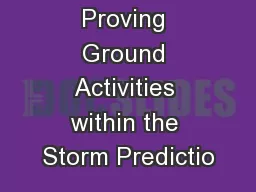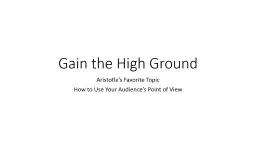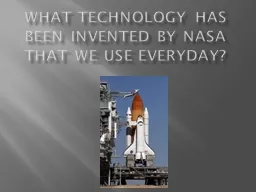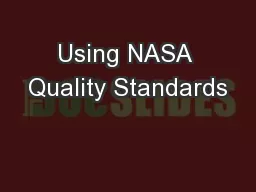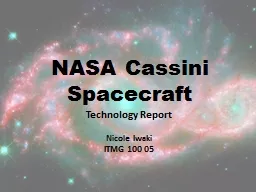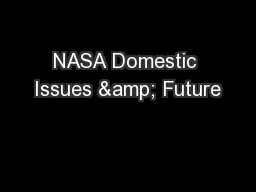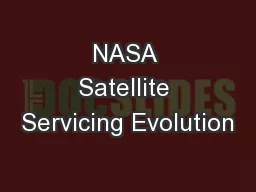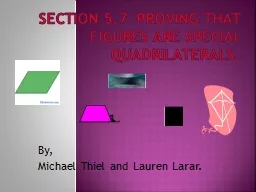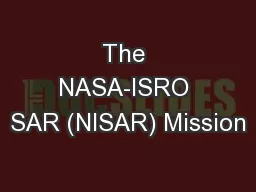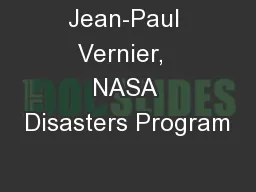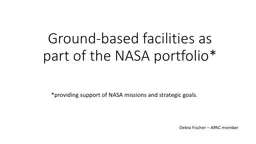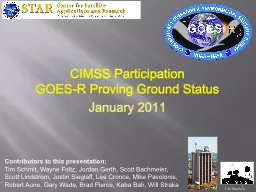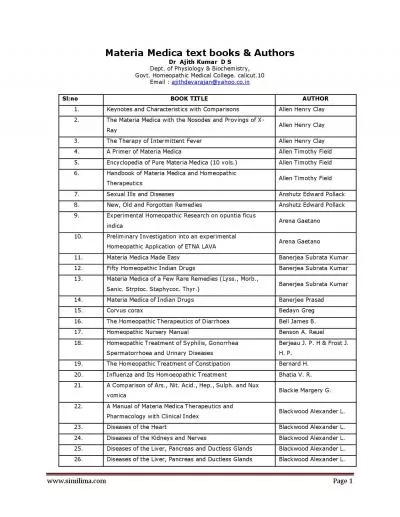PPT-GOES-R Proving Ground NASA/SP
Author : bobradio | Published Date : 2020-08-05
o RT Update 2009 Planning Meeting Boulder CO SPoRT Plan Outline 200910 Overview of planned contributions Transition and Evaluate GOESR ABI proxy dataproducts produced
Presentation Embed Code
Download Presentation
Download Presentation The PPT/PDF document "GOES-R Proving Ground NASA/SP" is the property of its rightful owner. Permission is granted to download and print the materials on this website for personal, non-commercial use only, and to display it on your personal computer provided you do not modify the materials and that you retain all copyright notices contained in the materials. By downloading content from our website, you accept the terms of this agreement.
GOES-R Proving Ground NASA/SP: Transcript
Download Rules Of Document
"GOES-R Proving Ground NASA/SP"The content belongs to its owner. You may download and print it for personal use, without modification, and keep all copyright notices. By downloading, you agree to these terms.
Related Documents


